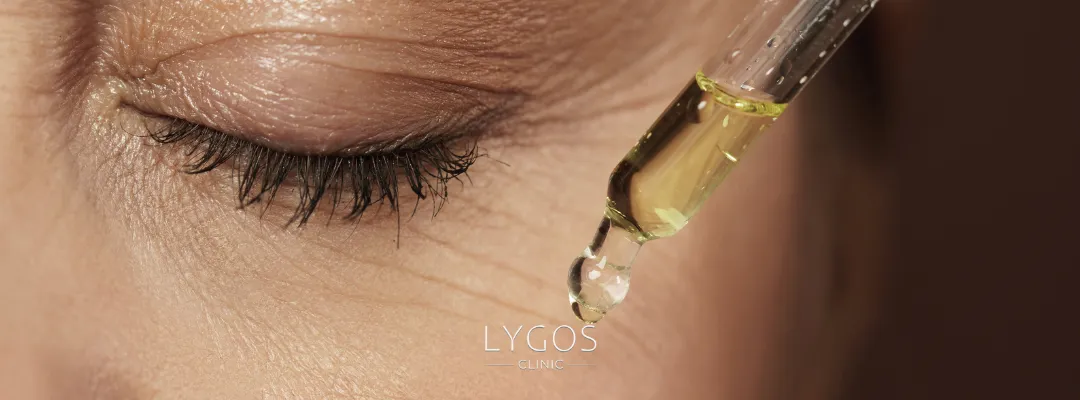ACIDS USED IN SKIN CARE

Which Acids Can not Be Used Together?

The different properties of acids used in skin care can come to the fore in their interaction with each other. This situation, which can cause more than one problem, is an issue that needs to be taken into consideration. If a person starts using acids without learning his/her skin type and problem, this may cause unwanted results.
The combination of the wrong acids can lead to the destruction of their effects. Inactivating the active ingredient renders their use pointless. In addition, using the wrong acids together can lead to skin reactions such as redness, dryness and irritation. Therefore, it should be acted by looking at the content of the acids used and it should be investigated whether they are compatible together. So, which acids cannot be used together? Which acids can be used together? Details in our article…
When to Use Acids?

Skin, which has a sensitive structure, can be irritated by incorrect or prolonged use of acids. Therefore, the skin care sequence plays a critical role. It is generally recommended to exfoliate at most twice a week. In a skin structure accustomed to acids, this care routine can increase to three days. When are acids used? The following answers can also be given to the question:
– A skin exposed to sunlight is likely to develop spots. Therefore, it is recommended to use chemical acid. Especially people who want to sunbathe in the summer months should pay even more attention to this situation. The use of sunscreens comes to the fore as sun exposure of peeling skin will reveal undesirable results.
– It is not recommended to use chemical acids before and after epilation. It would be a better decision to stay away from procedures such as exfoliation during epilation.
– It is not recommended to use chemical acids before and after epilation. It would be a better decision to stay away from procedures such as exfoliation during epilation.
– Forgetting sunscreen cream can make acid use problematic. The biggest reason for this is that acids can increase the sensitivity of the sun and cause the formation of spots on the skin.
What Should Be Considered When Using Acids Together?
There are many things to consider when using acids together. Acidic products used consecutively or together are not very safe. Therefore, it is necessary to pay attention to the following details:
– (You should be careful not to apply two different acid products such as AHA, BHA, PHA, Vitamin C, retinol at the same time or on top of each other.
– Care should be taken when using C vimatimi and niacinamide or niacin-containing products together. If redness occurs on the skin after using these products together, you should not use them together.
Who Can Use Acid?

Although the use of acids is not a necessity, it can produce impressive results for skin care. The fact that some skin is overly sensitive can cause these results to be harmful rather than impressive. Therefore, it is not recommended for people with hypersensitive skin to use acids. Otherwise, acids can be irritating. It is also important for people with skin diseases to be careful when using acids. As a result, anyone can use acid, but before using it, consult a skin doctor to avoid possible problems.
Which acids cannot be used together on the face?
Using some products together can cause irritation on the face. In particular, the combination of vitamin C with products such as salicylic acid and glycolic acid can pose this risk. These acids, which have forms such as AHA/BHA, also neutralize vitamin C. Therefore, it is not recommended to use vitamin C in combination with salicylic acid and glycolic acid.


